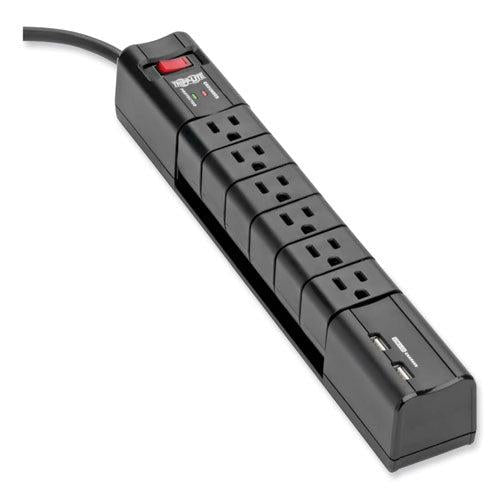Understanding Surge Protector Functionality Post-Power Failure
Power failures are a common occurrence in many areas, and they often lead to concerns about the effectiveness of surge protectors post-incident. Surge protectors are a crucial line of defense against voltage spikes, protecting our valuable electronics from potential damage. But a key question that often arises is whether a surge protector will still function properly after a power failure. Let’s delve into this topic to understand the durability and reliability of surge protectors in the aftermath of power outages.
How Surge Protectors Work
Surge protectors safeguard electronic devices by diverting excess voltage away from them. They do this through components like metal oxide varistors (MOVs), which absorb and redirect excess energy. In normal conditions, the MOV allows electricity to flow through to your devices. During a surge, it absorbs the excess, preventing it from reaching and damaging connected devices.
Impact of Power Failures on Surge Protectors
Immediate Impact
- Short-Term Power Outage: Typically, a short-term power outage does not affect the functionality of a surge protector. Once the power is restored, the surge protector should continue to operate as normal.
- Power Surges Post-Outage: Power failures are often followed by surges when the electricity comes back on. A functional surge protector will continue to protect your devices during these subsequent surges.
Long-Term Considerations
- Wear and Tear: Surge protectors have a finite lifespan. Each surge absorbed degrades its components slightly. Over time, and after absorbing many surges, a protector may lose its effectiveness.
- No Visual Indicators: Many surge protectors do not have an indicator to show that they've stopped working. It's important to replace surge protectors periodically, especially after they've experienced a significant surge.
Maintenance and Replacement
To ensure ongoing protection for your devices, it’s crucial to maintain and, when necessary, replace your surge protectors:
- Regular Checks: Periodically check your surge protectors for any signs of damage, such as discoloration, smoky smells, or visible wear and tear.
- Replacement Post-Major Surge: If your home experiences a major power surge (like from a lightning strike), it's advisable to replace your surge protectors as they may have exhausted their protective capabilities.
- Upgraded Features: Consider surge protectors with built-in indicators that alert you when the device is no longer capable of protecting against surges.
Advanced Surge Protection Solutions
For enhanced protection, especially in areas prone to frequent power outages and surges, consider the following:
- Whole-House Surge Protectors: Installed at your home’s electrical panel, providing another layer of protection.
- UPS (Uninterruptible Power Supply): Provides both surge protection and battery backup, ensuring your devices remain powered during short-term outages.
Conclusion
In conclusion, surge protectors are generally reliable tools for safeguarding your electronics from voltage spikes. While they should continue to function after a power failure, it’s important to remember that their lifespan is finite. Regular inspections, understanding the signs of wear and tear, and timely replacement are key to ensuring your devices remain protected. By being proactive about surge protection, especially in regions with frequent power disturbances, you can significantly reduce the risk of damage to your valuable electronics.







